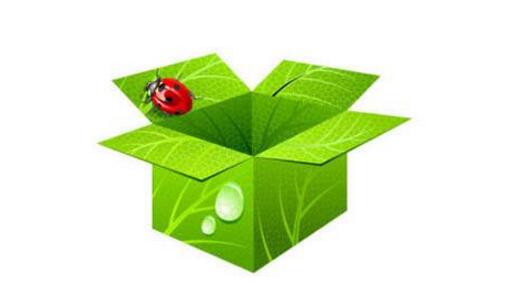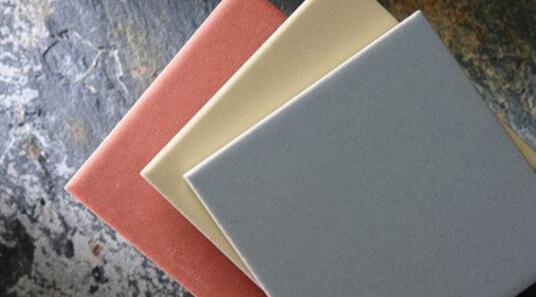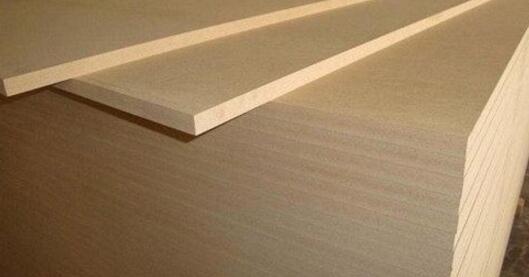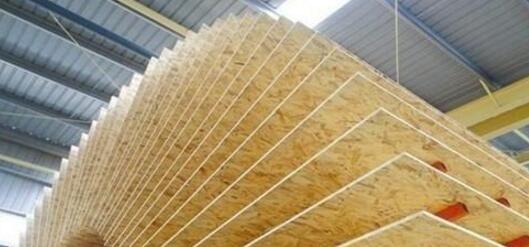Environmentally-friendly materials refer to the development of technology products, commercial circulation, resource utilization, information services, engineering contracting, etc. for the purpose of preventing environmental pollution, improving the ecological environment, and protecting natural resources in the national economic structure. Comprehensive emerging industries that cross each other and cross the region and intersect with other economic ministries.
What are the environmentally friendly materials?1. Basically non-toxic and harmless. It refers to natural, non- or very toxic and harmful substances, and decorative materials that have been simply processed without pollution. Such as gypsum, talcum powder, sand, wood, some natural stone.
2. Low toxicity, low emission type. It refers to decorative materials that are controlled by techniques such as processing and synthesis to control the accumulation and slow release of toxic and harmful substances, which are not toxic to human health because of their low toxicity. Such as large release of formaldehyde, large core board, plywood, fiberboard, etc. that meet national standards
3. Current science and technology and testing methods are unable to identify and assess the materials affected by their toxic substances. Such as environmentally friendly latex paint, environmentally friendly paint and other chemical synthetic materials. These materials are currently non-toxic and harmless, but with the development of science and technology, there may be a possibility of re-identification in the future.

1, high density fiberboard
High-density fiberboard is one of the green materials. The high-density fiberboard is made of uniform material and there is no dehydration problem. It has fine material, firm edges and easy shape, avoiding problems such as decay and insects. High flexural strength and impact strength.
2, melamine board
Melamine board is a kind of green environmentally friendly material on the market. Its color and texture are soaked in melamine resin adhesive, then dried to a certain degree of curing, paved on particleboard, medium density fiberboard or hard. The surface of the fiberboard is made of hot pressed decorative panels.

3, plywood
Plywood is made of three or more layers of odd-numbered veneers. It has good strength and toughness, strong nail holding power, easy processing and insulation, and can make up for some of the natural defects naturally produced by natural wood.
4, particle board
Particleboard is a plate that is pressed by adding glue or other excipients, and has good sound absorption and sound insulation properties. It can be used as sound-absorbing building parts such as sound insulation wall panels. The plate has a low expansion ratio and a small plate thickness error.

5, large core board
The large core board is widely used, and its main features are low density, high strength, sound absorption, heat insulation, simple processing technology and good nail holding ability, so it is deeply loved by consumers.
Advantages of environmentally friendly decorative materials1. Green and healthy, the products use non-toxic, harmless and low-emission raw materials, which are harmless to the human body, give people a comfortable and safe home environment, have no special impact on the environment, and conform to the social development strategy of protecting the environment.
2. Raw materials used in environmentally-friendly decorative materials use as little natural resources as possible, using low-energy manufacturing processes and production technologies that do not pollute the environment. A large amount of waste such as waste slag, waste liquid, and garbage is used. Save the world's limited resources and energy, and make outstanding contributions to sustainable development.
3. Environmentally-friendly decorative materials aim to improve the living environment and improve the quality of life, that is, the products not only do not endanger human health, but also have multi-functionality, such as antibacterial, sterilization, anti-fog, deodorization, fire prevention, temperature adjustment. , humidity control, noise reduction and other functions to improve the quality of people living in the environment.
4. One of the most attractive features of environmentally friendly decorative materials is that they do not use formaldehyde, halide solvents or aromatic hydrocarbons during product preparation or production; the product does not contain mercury and its compounds, and does not contain lead or cadmium. , pigments and additives for chromium and its compounds. So that people can use it with confidence, without having to worry about the negative impact of decorative materials on health.

Features: Unusual conductivity, extremely low resistivity and extremely fast electron transfer speed, tens of times more strength than steel and excellent light transmission.
Development direction: 2010 Nobel Prize in Physics has made the technology and capital market graphene hot in recent years. In the next 5 years, it will be in optoelectronic display, semiconductor, touch screen, electronic devices, energy storage batteries, displays, sensors, semiconductors, aerospace, military, composite Materials, biomedicine and other fields will explode.
2, super materialsFeatures: It has physical properties that conventional materials do not have, such as negative magnetic permeability, negative dielectric constant, and so on.
Development direction: change the traditional concept of processing according to the nature of materials. In the future, the characteristics of materials can be designed according to needs, and the potential is unlimited and revolutionary.
3, 3D printing materialsFeatures: Change the processing method of traditional industry, and quickly realize the molding of complex structures.
Development direction: Revolutionary molding method, there is great prospect in the field of complex structure forming and rapid processing.
4, flexible glassFeatures: Change the rigidity and fragility of traditional glass, and realize the revolutionary innovation of glass.
Development direction: In the future, the field of flexible display and folding equipment has great prospects.
5, superconducting materialsFeatures: In the superconducting state, the material has zero resistance, the current is not lost, and the material exhibits diamagnetism in the magnetic field.
Development direction: In the future, such as breakthrough in high-temperature superconducting technology, it is expected to solve the problems of power transmission loss, electronic device heating, and green new transmission magnetic suspension technology.
6, carbon fiberFeatures: light weight, high strength, high modulus, chemical resistance (resistant to organic solvents, acids, alkalis, non-swelling), small coefficient of thermal expansion, high strength.
Development direction: Product performance tends to be high performance, price will continue to decrease, aerospace and sports supplies will increase steadily, and civil industrial consumption will increase rapidly.
7, liquid metalFeatures: high strength and toughness, excellent magnetic permeability and low magnetic loss, excellent liquid flow.
Development direction: in high-frequency low-loss transformers, structural parts of mobile terminal equipment, etc.
8, shape memory alloyFeatures: After pre-forming, after being forced to deform by external conditions, it can be restored to its original shape after certain conditions, and the reversible design and application of material deformation can be realized.
Development direction: great potential in the fields of space technology, medical equipment, mechanical and electronic equipment.
9, degradable bioplasticsFeatures: It can be naturally degraded, raw materials come from renewable resources, change the dependence of traditional plastics on fossil resources such as oil, natural gas and coal, and reduce environmental pollution.
Development direction: The future replaces traditional plastics, which has great prospects.
10, artificial crystalFeatures: A collagen polymer material is made into a soft elastic medical gel that is implanted into the eye to treat abnormal vision.
Development direction: water-insoluble, high chemical inertness, high stability, no carcinogenic effect, high biocompatibility, good tolerance, stable elastic strength, no swelling.
As a mobile multi-purpose platform, tablet computers also provide many possibilities for mobile teaching. The touch-based learning & entertainment teaching platform allows children to efficiently improve their academic performance in a relaxed and pleasant atmosphere. Such tablet computers generally integrate two learning sections of various courses and systematic learning functions. Generally, it includes multi-disciplinary high-quality teaching resources. The education tablet has the following main functions: it has the functions of touch screen input, text editing, picture editing, data storage, data management, wired and wireless Internet access that ordinary tablet computers have; Management functions, search methods support manual search, query by keyword, query by time; text and pictures can be scanned and converted into documents to save.
Education Tablet,learning tablet,leaning machine,New learning tablet
Jingjiang Gisen Technology Co.,Ltd , https://www.jsgisengroup.com